Australian Border Force, Australian Criminal Intelligence Commission, Australian Federal Police, Victoria Police
Amphetamine-type stimulants (ATS), such as methylamphetamine and MDMA, accounted for the greatest proportion of the weight of illicit drugs seized in Victoria in 2015–16, according to a new report by the Australian Criminal Intelligence Commission (ACIC).
The Illicit Drug Data Report 2015–16, released today, shows that while the number and weight of ATS (excluding MDMA) detected at the Australian border decreased in 2015–16, they are the second highest on record.
Minister for Justice, the Hon. Michael Keenan MP, launched the report alongside ACIC Chief Executive Officer, Mr Chris Dawson, in Sydney.
“ATS accounted for 56.1 per cent of the weight of illicit drugs seized in Victoria—the highest proportion reported by any state or territory in 2015–16,” Mr Dawson said.
“The majority of the weight of ATS seized in Victoria this reporting period relates to a small number of significant MDMA seizures.
“In Victoria, 39.8 per cent of arrests related to ATS, with 4.7 per cent of arrests related to heroin and other opioids—both of which are the highest proportion reported by any state or territory in 2015–16.
“Other and unknown not elsewhere classified drugs accounted for 13.3 per cent of the number of drug seizures in Victoria this reporting period—the highest proportion reported by any state or territory in 2015–16,” Mr Dawson said.
In 2015–16 Victoria accounted for:
- the greatest proportion of the weight of ATS seized nationally (53.1 per cent)
- the greatest proportion of the weight of cannabis seized nationally (26.2 per cent)
- the greatest proportion of the weight of heroin seized nationally (52.2 per cent)
- the greatest proportion of the weight of other and unknown not elsewhere classified drugs seized nationally (44.4 per cent)
- the greatest proportion of national heroin and other opioid arrests (43.6 per cent).
This reporting period Victoria also reported the greatest percentage increase in:
- the weight of ATS seized (396.1 per cent)
- the weight of cannabis seized (185 6 per cent)
- the weight of cocaine seized (277.9 per cent).
“The report highlights the continued vigilance of law enforcement in combating illicit drugs in Victoria ,” Mr Dawson said.
“Understanding trends and emerging issues in the illicit drug market, both nationally and at a state and territory level, provides the ACIC and our partners with an opportunity to shape the response to both demand and supply, particularly in high-use areas.”
Assistant Commissioner Stephen Fontana said the evidence in this report clearly highlights the dedicated and exhaustive work undertaken by the nation’s law enforcement partnerships to tackle the significant issue of drug harm.
“Unfortunately, it also clearly shows us that drug harm is not going away,” Assistant Commissioner Fontana said.
“Every day, Victoria Police members deal with the tragic results of drug-fuelled family violence, road trauma caused by drug driving and other drug harm such as overdoes.
“Until demand for these harmful substances goes down, the harm caused by drugs will continue to ripple throughout our community.
“Law enforcement will continue to play our part by assiduously detecting and disrupting drug traffickers, but we also need every Australian to join us in challenging the attitudes held by some people in the community that illicit drug use is ‘okay’”.
Australian Federal Police (AFP) Commissioner Andrew Colvin said the Illicit Drug Data Report annually provides a valuable insight into the challenges faced by law enforcement.
“Drug seizures at our borders and those made on the streets by our state and territory counterparts indicate that Australia continues to be an attractive market for international organised crime syndicates,” Commissioner Colvin said.
“The AFP will continue working with local and international law enforcement agencies to disrupt and dismantle these syndicates. However, the entire Australian community needs to work together to examine how we can combat issues associated with demand for these substances.”
Australian Border Force (ABF) Acting Commissioner Michael Outram said the ABF has a pivotal role in preventing these dangerous and illicit substances from entering Australia.
“The numerous instances of record detections this reporting period serve as a reminder of the continued threat that illegal drugs pose on the Australian public,” Acting Commissioner Outram said.
“The prevalence of methylamphetamine and its precursors discovered at our borders follows a concerning trend over recent years. The ABF is working with domestic and international law enforcement agencies to combat this ruinous drug.”
The Illicit Drug Data Report 2015–16 is a statistical report which provides governments, law enforcement agencies and policy makers with a robust picture of the Australian illicit drug market. It brings together data from all state and territory police agencies, the Australian Federal Police, the Department of Immigration and Border Protection/Australian Border Force, forensic laboratories and research centres.
“The statistics in the report will inform prioritisation and decision-making as we continue to discover, understand and respond to the threat and harm caused by illicit drugs,” Mr Dawson said.
The Illicit Drug Data Report 2015–16 is available online at www.acic.gov.au
